Anxiety-Triggered Model for Enhancing User Engagement in Game
DOI: 10.23977/mediacr.2025.060412 | Downloads: 10 | Views: 318
Author(s)
Keren Liu 1, Kazunori Sugiura 1, Hiroyuki Kishi 1, Hideki Sunahara 1
Affiliation(s)
1 Graduate School of Media Design, Keio University, Tokyo, Japan
Corresponding Author
Keren LiuABSTRACT
Based on previous game studies which overemphasized the negative effects of game engagement caused by negative user experience, the goal of this study is to further scholarly understanding of this phenomenon by focusing on the popular game genre and to offer a dynamic cyberpsychology model of anxiety effect to encourage game developers to improve user experience design and utilize psychological triggers to boost user engagement in games. Both qualitative and quantitative methods, such as surveys, observational experiments, focus groups, and in-depth interviews, were used to evaluate the study's concerns. The findings aim to support future game development practices with theoretical insights.
KEYWORDS
Cyberpsychology, Anxiety Effects, User Experience, Game DesignCITE THIS PAPER
Keren Liu, Kazunori Sugiura, Hiroyuki Kishi, Hideki Sunahara, Anxiety-Triggered Model for Enhancing User Engagement in Game. Media and Communication Research (2025) Vol. 6: 103-113. DOI: http://dx.doi.org/10.23977/mediacr.2025.060412.
REFERENCES
[1] The British Psychological Society (2018). Cyberpsychology Section. [Online] Available at: https://www.bps.org. uk/member-microsites/cyberpsychology-section [Accessed 6 Sep 2025].
[2] Banks, J., N. Bowman (2014). "Avatars are (sometimes) people too: Linguistic indicators of parasocial and social ties in player–avatar relationships," New Media&Society, Vol. 28(3), pp. 1257–1276.
[3] O' Brien, H. (2008). "What is user engagement? A conceptual framework for defining user engagement with technology." Parsons, T.
[4] Sherry, J. (2004). "Flow and media enjoyment," Communication Theory, Vol. 38, pp. 217–231.
[5] Lucas, K. and J. L. Sherry (2004). "Sex differences in video game play: A communication-based explanation," Psychiatry, Vol. 31(5), pp. 499–523.
[6] Boyle, E. A. (2012). "Engagement in digital entertainment games: A systematic review," Computers in human behavior, Vol. 28(3), pp. 771–780.
[7] Qiu, H., J. Jiao, and M. Wan (2023). "Analysis of the game” Sheep a Sheep” in the context of the theory of mind flow," Youth Journalist, Vol. 8, pp. 62–64.
[8] Juul, J. (2013). The Art of Failure: An essay on the pain of playing video games: The MIT press.
[9] Sutcliffe, A. (2010). Designing for user engagement: Aesthetic and attractive user interfaces, San Rafael, CA, US: Morgan & Claypool Publishers.
[10] Bernhaupt, R. (2010). Evaluating User Experience in Games: Concepts and Methods, London, UK: Springer, London.
[11] Bernhaupt, Eckschlager M., Tscheligi, M. R. (2007). "Methods for evaluating games: how to measure usability and user experience in games?" Proceedings of the International Conference on Advances in Computer Entertainment Technology, p. 309–310.
[12] Lapaˇs, T. and T. Orehovaˇcki (2015). "Evaluation of User Experience in Interaction with Computer Games," Design, User Experience, and Usability: Interactive Experience Design, Vol. 9188.
[13] Nordin, Denisova A. Cairns P., A.I. (2014). "Too many questionnaires: measuring player experience whilst playing digital games,” p. 69–74.
[14] Wirth, Hartmann T., W. (2007). "A Process Model of the Formation of Spatial Presence Experiences," Media Psychology, Vol. 9(3), pp. 493–525.
[15] Brockmyer, Fox C. M. Curtiss K. A. McBroom E. Burkhart K. M. Pidruzny J. N., J. H. (2009). "The development of the Game Engagement Questionnaire: A measure of engagement in video game-playing," Journal of Experimental Social Psychology, Vol. 45(4), pp. 624–634.
[16] Abbasi, A.Z. et al. (2019). "An empirical validation of consumer video game engagement: A playful consumption experience approach," Entertainment Computing, Vol. 29, pp. 43–55.
[17] Zheng, R. and M.K. Gardner (2017). Handbook of Research on Serious Games for educational applications, Hershey, PA: Information Science Reference.
[18] Sylvester, C. (2013). "Experiencing the end and afterlives of International Relations/Theory,” European Journal of International Relations, Vol. 19(3), pp. 609–626.
[19] Song, W. and J. Fox (2015). “Playing for Love in a Romantic Video Game: Avatar Identification, Parasocial Relationships, and Chinese Women's Romantic Beliefs," Mass Communication and Society, Vol. 19(2), pp. 197–215.
[20] Cheung, M.K. et al. (2015). "Promoting sales of online games through customer engagement," Electronic Commerce Research and Applications, Vol. 14(4), p. 241–250.
[21] Liu, K. (2019). "Virtual celebrities in Onmyoji: Quantitative research of parasocial interaction theory," The 8th ACG international conference.
[22] Yu, F. and W. Xue (2018). "Study on buying intention of virtual props in mobile online games,” Modern Communication, Vol. 22, pp. 114–116.
[23] Del Moral P´erez, M. and A. Guzm´an Duque (2016). "Social network game: Digital addiction versus communication and interaction in CityVille?" Cuadernos.info, Vol. 38, pp. 217–231.
[24] Reinecke, Hartmann T., L. and A. Eden (2014). "The Guilty Couch Potato: The Role of Ego Depletion in Reducing Recovery Through Media Use," Journal of Communication, Vol. 64(4), pp. 569–589.
[25] Rothmund. T., Bender. J., Gollwitzer. M. and Klimmt. C. (2015). "Short- and Long-Term Effects of Video Game Violence on Interpersonal Trust," Media Psychology, Vol. 18(1), pp. 106–133.
[26] Mora-Cantallops, M. (2018). "MOBA games: A literature review," Entrainment Computering, Vol. 26, pp. 128–138.
[27] Asbjørn, J.(2010). "The Development of MMORPG Culture and The Guild", Australian Folklore: A Yearly Journal of Folklore Studies, Vol. 25, pp. 97– 112.
[28] Schroeder, Axelsson A., R. (2006). "Avatars at Work and Play: Collaboration and Interaction in Shared Virtual Environments,” The Psychology of MMORPGs: Emotional Investment, Motivations, Relationship Formation, and Problematic Usage, pp. 187–207.
[29] Spielberger, Gorsuch R. Lushene R. Vagg P. Jacobs G., C. (1983). Manual for the State-Trait Anxiety Inventory, Palo Alto, CA, US: Consulting Psychologists Press.
[30] Liebert, Robert M and Larry W Morris (1967). "Cognitive and emotional components of test anxiety: A distinction and some initial data," Psychological reports, Vol. 20, No. 3, pp. 975–978.
[31] Greene, Cohen D. Siskowski C. Toyinbo P., J. (2017). "The relationship between family caregiving and the mental health of emerging young adult care- givers," The Journal of Behavioral Health Services & Research, Vol. 44(4), pp. 551–563.
[32] Chun-yu, Z. (2016). "Loving Boys Twice as Much: Chinese Women's Paradoxi- cal Fandom of "Boys' Love" Fiction," Women's Studies in Communication, Vol. 39, pp. 249–267.
[33] Sternberg, K., J. (1973). Cognitive Psychology (6th ed.), Belmont, CA, USA: Cengage Learning.
[34] Lindorfer, B. (2021). "Personality Theory in Gestalt Theoretical Psychotherapy: Kurt Lewin's Field Theory and his Theory of Systems in Tension Revisited,” Gestalt Theory.
[35] Poropat, A. (2009). "A meta-analysis of the five-factor model of personality and academic performance," Psychological Bulletin, Vol. 135(2), pp. 322–338.
[36] Roccas, S. et al. (2002). "The big five personality factors and personal values," Personality and Social Psychology Bulletin, Vol. 28(6), pp. 789–801.
[37] Xiao-Yuan, C. , Xiao-Fan, Y., Yuan, L., Li, L. (2018). "The Relationship between Perceived Use- fulness and Consuming Willingness of Virtual Goods in Online Games: A Moderated Mediating Model," Chinese Journal of Clinical Psychology, Vol. 2020(28), pp. 1013–2020.
[38] Shi-Chang, D. , Jun, G. (2015). Big five personality and impulsive buying: the mediation of self-control and sensation seeking. Chinese Journal of Clinical Psychology, Vol.23(6), pp.1098-1101
[39] de Hesselle, L.C. et al. (2021). "The associations between big five personality traits, gaming motives, and self-reported time spent gaming," Personality and Individual Differences, Vol. 171, p. 110483.
| Downloads: | 19798 |
|---|---|
| Visits: | 456019 |
Sponsors, Associates, and Links
-
Journal of Language Testing & Assessment
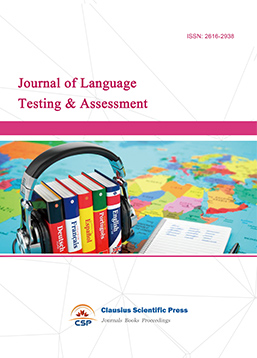
-
Information and Knowledge Management
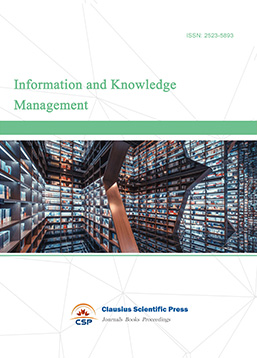
-
Military and Armament Science

-
Journal of Human Movement Science
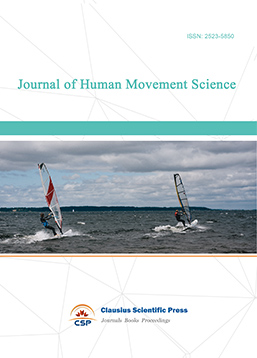
-
Art and Performance Letters
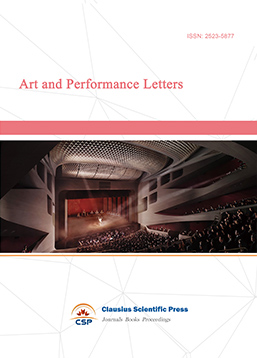
-
Lecture Notes on History
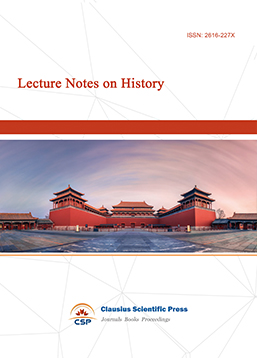
-
Lecture Notes on Language and Literature
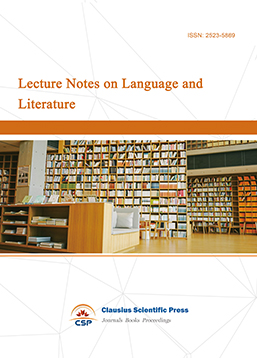
-
Philosophy Journal
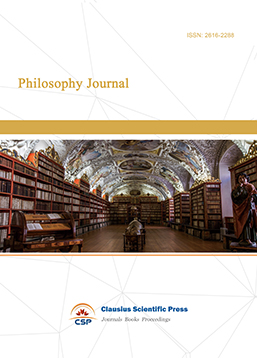
-
Science of Law Journal

-
Journal of Political Science Research
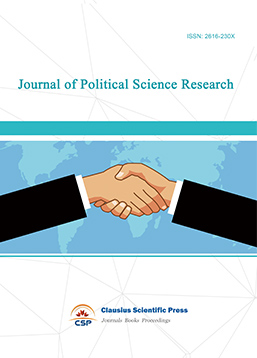
-
Journal of Sociology and Ethnology
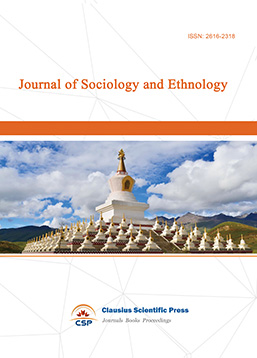
-
Advances in Broadcasting


 Download as PDF
Download as PDF